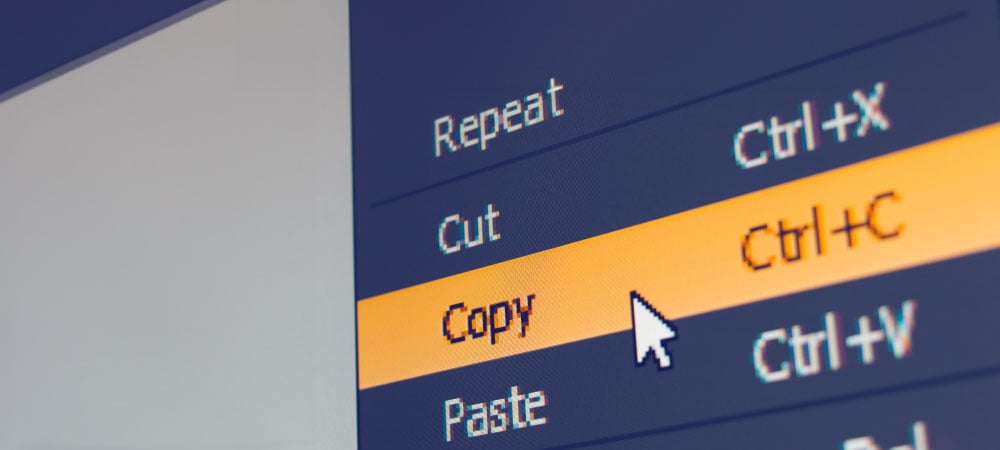Automation of System Operation with SAP System Copies


Over the years, automation within SAP system operation has become massively more important. For more and more tasks or activities, SAP Basis or infrastructure teams can rely on software systems that automate a wide variety of processes - right up to full automation. Ultimately, the goals are always the same: to achieve time, cost and resource savings and to use a consistently high standardized process quality.
The creation of SAP system copies, once described as the "supreme discipline" in the context of SAP Basis automation because practically all relevant SAP infrastructure components have to be included, is subject to a high level of dynamic change. The switch from ECC to S/4 has a direct impact on SAP add-on solutions in the field of "automated creation of SAP system copies".
SAP customers who rely on automation to create SAP system copies can expect providers to continuously develop their solutions and take direct customer needs and inherent SAP requirements into account. Basically, the creation of SAP system copies always involves creating or generating an SAP target system from an SAP source system. This involves the three sub-processes Check and Pre-processing, Restore and Post-processing.
What sounds mundane or simple on the surface is actually quite complex and specialized in practice. On the one hand, it always involves a type of individual system copy. For example, an FI system, an HCM system or a logistics system. If, for example, the aim is to create a copy of a QA system of a financial application at the end of the quarter, it may be necessary to create a virtually identical system copy. This is for compliance or auditing reasons.
Hana focus is mandatory
Hana alone has had and continues to have a considerable influence on the work and actions of a provider of software for creating SAP system copies. From a conceptual point of view, Hana actually represents nothing more for a software supplier in the field of SAP system copies than the support of a further database; in addition to Oracle, DB2 from IBM, MaxDB, Microsoft SQL Server or Sybase, for example. However, it is essential to take Hana specifics into account in the copy software. In concrete terms, these are topics such as Hana and BDLS, Hana and Hana passwords, Hana clusters or Hana restore. However, considering these topics alone is no guarantee of how efficiently or how quickly a system copy, for example an S/4 system copy, can be created. Rather, it depends on the way in which the individual topics are supported or implemented in the copy software. This applies in particular to Hana and BDLS, because the required BDLS runs have a significant impact on the speed and therefore the time required to create a system copy.
The guiding principle: time-intensive work or activities should be able to be completed with the software as required. For example, SAP rework during a DB restore or SAP parameterizations or the administration of Abap reports.
If you look at the ease-of-use or handling of software for creating SAP system copies, this inevitably leads to the user interface, or UI for short. Web GUIs or UIs are currently the measure of all things. Put simply, in many respects they can do more than an interface based on MS Dotnet. For example, updates or changes to the GUI can be easily installed from a server via the network. But that's not all. Thanks to new technologies, certain system copy rework - for example with SAP Abap reports - does not have to be implemented via the SAP system, but can be defined and managed via the Web GUI. As a result, this is an advantage for users in SAP Basis or in SAP infrastructure teams.
Useful ERP add-on
There are additional or add-on solutions that cover special processes or take over tasks for virtually all standard software, regardless of the type. This also applies to software for creating SAP system copies. The automation specialist Empirius provides the add-on called QDiff for the widely used SAP copying software called BlueCopy. This is a solution that automatically determines and describes data differences during processing in the SAP copying process so that SAP users can determine or specify which data is to be imported or used when creating an SAP system copy. BlueCopy (current version 23.11) can be used as a stand-alone solution or as a component of the SAP Basis automation system management suite EPOS.
Click here for the partner entry:







